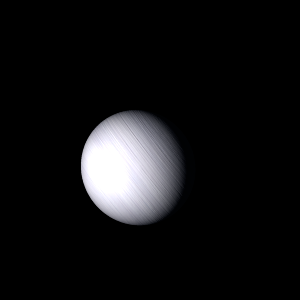|
|
Space Astro
|
Info for exoplanet "Drapal"
| Scientific (actual) data |
|---|
| Planet | HD 5608 b |
| Planet status | Confirmed |
| Mass sini | 1.681 |
| Radius | 1.222 |
| Orbital period | 779.9 |
| Semi major axis | 1.911 |
| Orbit eccentricity | 0.056 |
| Discovered | 2012 |
| Updated | 2018-12-30 |
| Omega | 294 |
| Tperi | 2452420 |
| K | 28 |
| Publication | Published in a refereed paper |
| Detection type | Radial Velocity |
| Mass detection type | Radial Velocity |
| Radius detection type | Theoretical |
| Star name | HD 5608 |
| Right ascension | 14.56° |
| Declination | 33.95° |
| Mag v | 5.99 |
| Star distance | 58.2 |
| Star metallicity | 0.06 |
| Star mass | 1.53 |
| Star radius | 5.14 |
| Star sp type | K0IV |
| Star temperature | 4877 |
| Wikipedia article | HD 5608 b |
Back
| |
| Fictional info (?) |
|---|
| Suggested name | Drapal |
| Planet type | Cold planet |
| In English, Drapal is often referred to as the "gray planet" because the sulfur dioxide prevalent on its surface gives it a deep gray appearance that is distinctive among the astronomical bodies visible to the naked eye.
Drapal is similar in composition to Prosmis, and both have different bulk chemical composition from that of the larger cold planets. This planet is named after the deity Drapal, the goddess of dreams.
Drapal's surface appears quite scarred and is similar in appearance to the Moon's, indicating that it has been geologically inactive for billions of years. |
| Atmosphere | Krypton | 97% |
| Sulfur dioxide | 2.6% |
| Atmospheric pressure | 0.001 bar |
 |
| No known satellites |
| Google search for Drapal |
|
Website by Joachim Michaelis
|
|
|
|